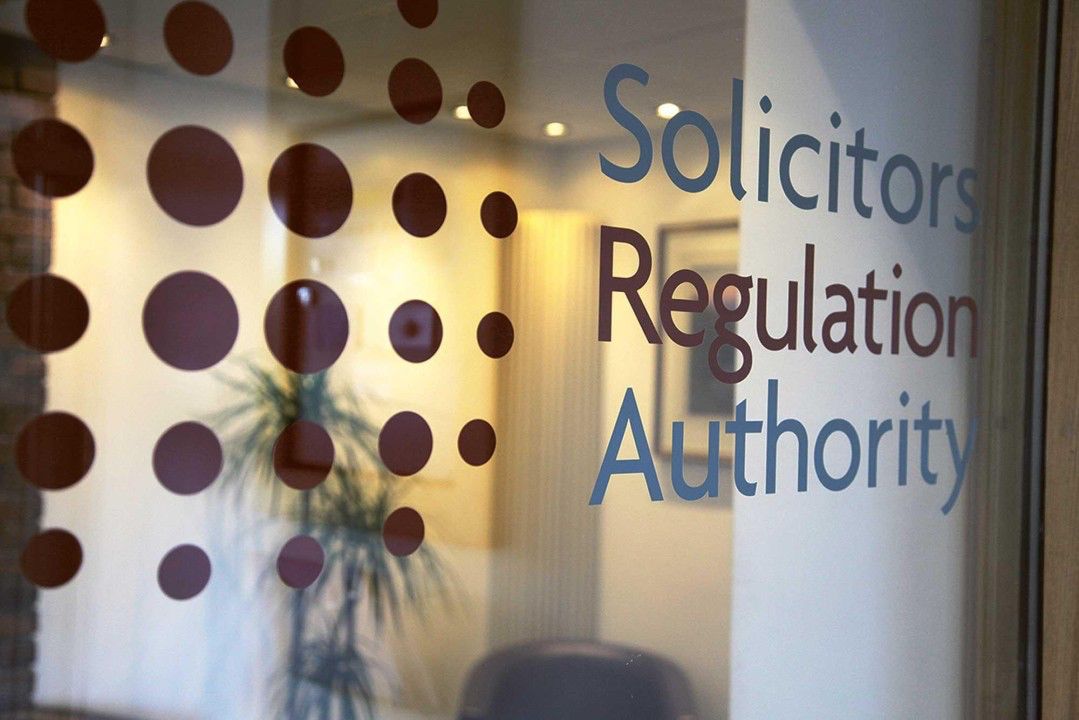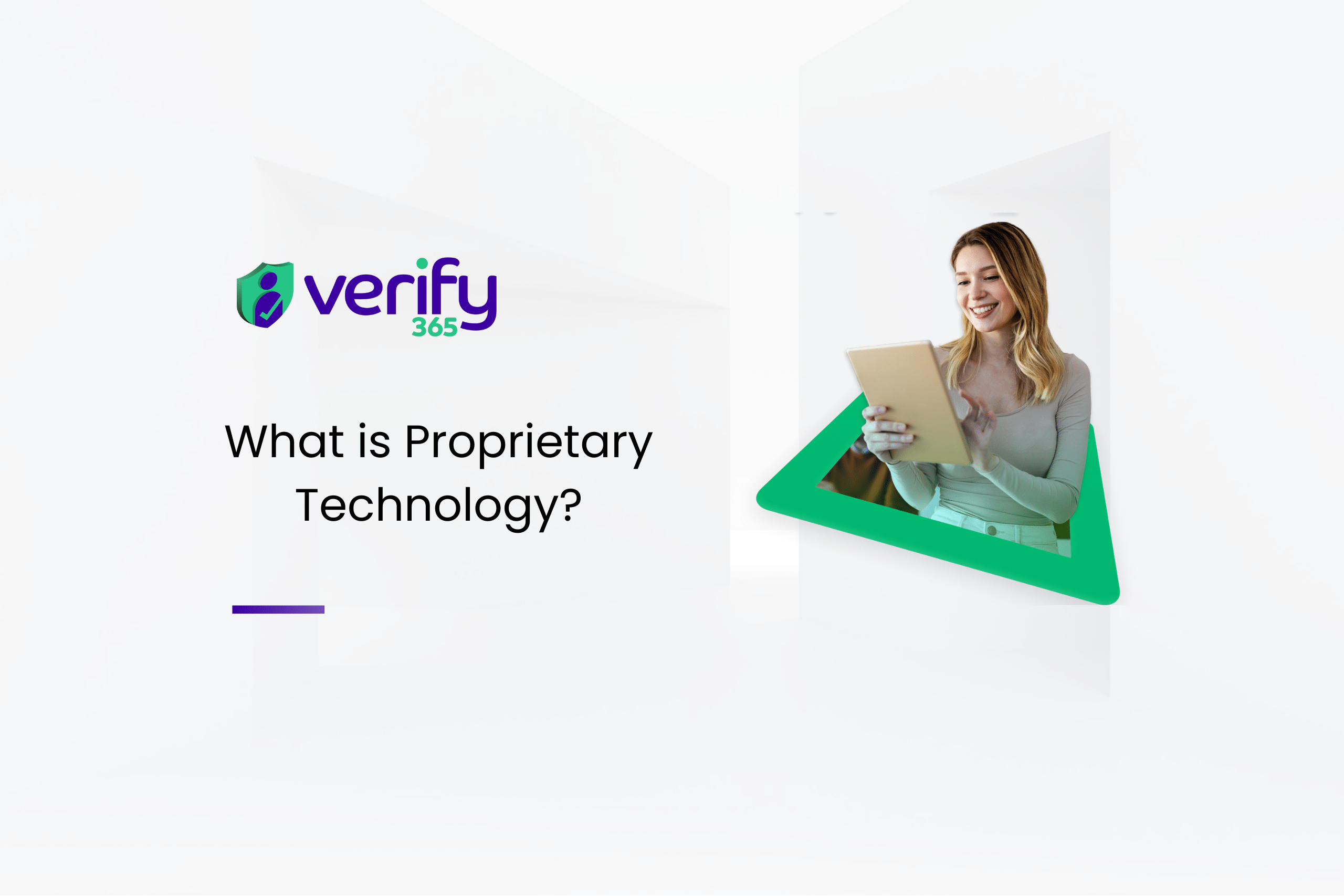As the digital era advances, the legal world is adapting and growing with it. Traditional legal practices are shifting to make room for new methods. One notable change is HM Land Registry’s (HMLR) acceptance of electronic signatures. This isn’t just a minor tweak; it reflects a broader move towards embracing digital solutions and remote interactions in the legal sector.
HM Land Registry and Electronic Signatures
Historically, legal documents, especially those dealing with property transfers, required wet-ink signatures. This was largely due to concerns about security, authenticity, and fraud prevention. The pandemic-induced limitations in face-to-face meetings challenged this status quo.
HMLR’s new guidance confirms that transfers and certain other deeds can now be electronically signed, given certain requirements are met. This change signifies more than just convenience; it’s a monumental shift towards modernising legal processes, reducing paper waste, and accommodating an increasingly digital-first consumer base.
eSign 365: Leading the Charge in Digital Transformation
Verify 365’s integrated solution, eSign 365, is at the forefront of this shift. Here’s a detailed look at how it’s revolutionising the way law firms and estate agents operate:
1. Speed and Efficiency
- Quick Turnaround: Gone are the days when agreements would be mailed back and forth, taking days or even weeks to finalize. With eSign 365, transactions are typically completed in less than a day. This not only speeds up agreements but reduces administrative burden and costs.
- Eliminating Physical Barriers: The need for a physical witness, especially in situations where face-to-face meetings are challenging, created unnecessary bottlenecks. Digital agreements offer an efficient alternative without compromising on security or authenticity.
2. Transparency and Accountability
- Robust Digital Trails: Every digital signature is backed by a comprehensive audit trail. This provides transparency and can be invaluable in case of disputes. Details such as signer’s IP address, the time of signing, and even the device used are meticulously recorded.
- Witnessing in the Digital Age: The guidance also provides for electronic witnessing. eSign 365’s platform captures vital information about witnesses, reinforcing the authenticity of the document.
3. Enhanced Security and Compliance
- Multi-layered Security: Electronic signatures, especially when integrated with platforms like Verify 365, come with robust encryption practices, ensuring the safety of sensitive data.
- Adherence to Guidelines: eSign 365 is designed in accordance with HMLR’s requirements, ensuring that law firms stay compliant while benefiting from the convenience of digital signatures. This includes features such as Advanced and Qualified signatures, which necessitate identity verification.
Making the Switch: How Verify 365 Can Help
For firms considering the shift to electronic signatures, the integration of eSign 365 within Verify 365 ensures a seamless transition. Here’s a brief step-by-step guide:
- Dashboard Access: Using the Verify 365 platform, conveyancers can easily access the eSignature Dashboard.
- Uploading Documents: Deeds and other pertinent documents can be uploaded directly.
- Adding Signatories: Conveyancers can input the details of signatories and witnesses. If the conveyancer doesn’t have this information, the signer can nominate them.
- Signing and Witnessing: Signers and witnesses receive notifications and can complete the process digitally, with all actions being recorded.
Conclusion: Embracing the Future with Verify 365
The acceptance of electronic signatures by HMLR isn’t just a response to the pandemic; it’s a reflection of the evolving nature of the legal industry. Firms that leverage platforms like Verify 365 not only streamline their processes but position themselves at the cutting edge of legal innovation.
For those law firms that seek guidance on the nuances of these changes, Verify 365’s Digital Client Onboarding Platform offers in-depth consultations, ensuring that the shift to electronic signatures is smooth, compliant, and beneficial. Embrace the future, today.






